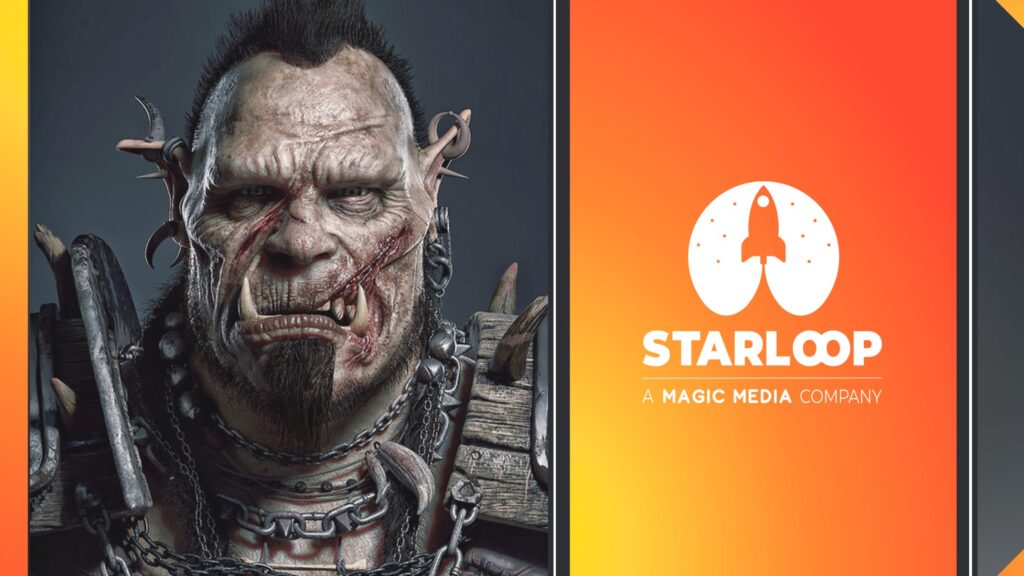Creating well-designed, multidimensional characters is an essential part of video game development. The article breaks down the design process into five steps: conceptualization, personality and backstory, appearance and design, voice acting and dialogue writing, and testing and iteration. Concept artists and writers work together to flesh out the character’s personality and backstory, while the design team creates 3D models that reflect the character’s persona. Voice actors bring the character to life, enhancing their personality and backstory through dialogue. Finally, the game is playtested to ensure the character fits the game’s story and engages players. By following these steps, teams can create memorable characters that leave a lasting impression on players.
Designing Multidimensional Characters in Video Games: From Concept to Execution
Introduction
Video games have become an increasingly popular form of entertainment in recent years. One of the key elements that make video games engaging is the characters. Well-designed characters that are multidimensional can help players relate and connect to the game’s story and world. In this article, we’ll explore the process of designing multidimensional characters in video games, from concept to execution.
Conceptualization
The first step in creating multidimensional characters in video games is conceptualization. This involves coming up with ideas for the character’s personality, backstory, motivations, and goals. The character’s appearance and design also play a role in how they are perceived by players. Concept artists and writers work together to flesh out the character’s concept, creating sketches and descriptions that capture their essence. This phase is critical because it sets the foundation for the character and informs their development throughout the game.
Personality and Backstory
Once the character’s concept has been established, the focus shifts to their personality and backstory. Writers delve deep into the character’s history, exploring their childhood, family, relationships, and experiences to understand what motivates them. This information is used to inform the character’s behavior, dialogue, and decisions throughout the game. Developing a compelling backstory that aligns with the game’s larger narrative is crucial for creating meaningful characters that players can relate to and care about.
Appearance and Design
The appearance and design of the character are also important components of creating a multidimensional character in video games. The character’s appearance should reflect their personality and backstory, so players can quickly assess their persona. The design process involves creating a 3D model of the character that can be animated and rendered in the game. This phase involves both artistic and technical skills, as artists work with designers to create a 3D model that can be scaled, animated, and incorporated into the game’s environment.
Voice Acting and Dialogue Writing
The next phase involves the voice acting and dialogue writing. Actors lend their voices to the characters, bringing them to life and enhancing their personality. Dialogue writers work closely with voice actors to ensure the dialogue matches the character’s personality and backstory. This process creates a cohesive character that is well-rounded and consistent throughout the game.
Testing and Iteration
After the character has been fully developed, they are tested in the game’s environment. This phase involves play-testing the game to ensure the character behaves as intended and is engaging to players. If any issues arise, the team goes back to the design phase to make changes and iterate until the character is a perfect fit for the game.
Conclusion
Designing multidimensional characters in video games is a complex process that involves art, writing, and technical expertise. By starting with a strong concept and fleshing out the character’s personality, backstory, appearance, and dialogue, teams can create cohesive characters that connect with players and enhance the game’s story and world. Testing and iteration allow teams to fine-tune the character until it is a perfect fit for the game. By following these steps, teams can create memorable characters that will leave a lasting impression on players.
